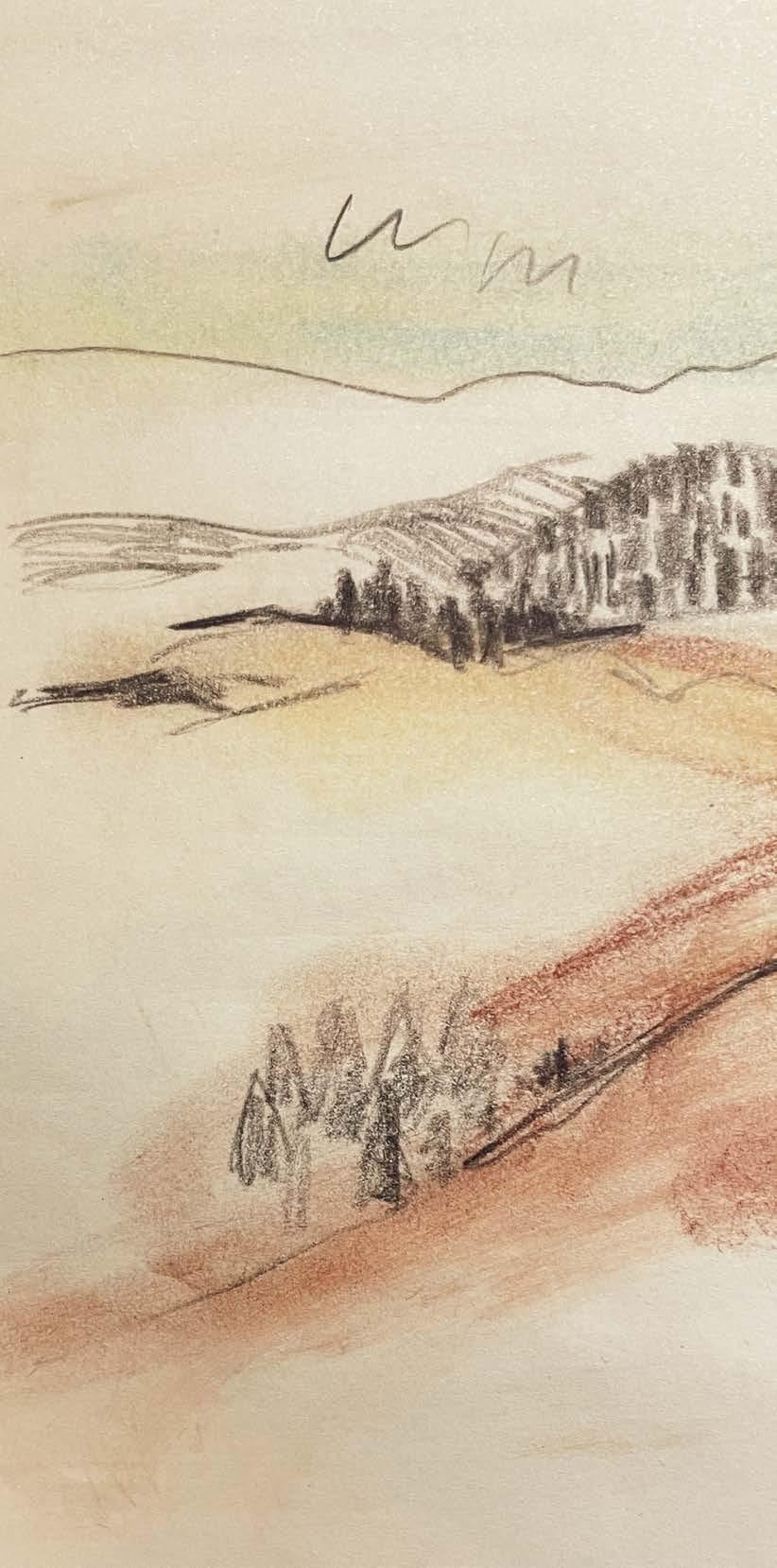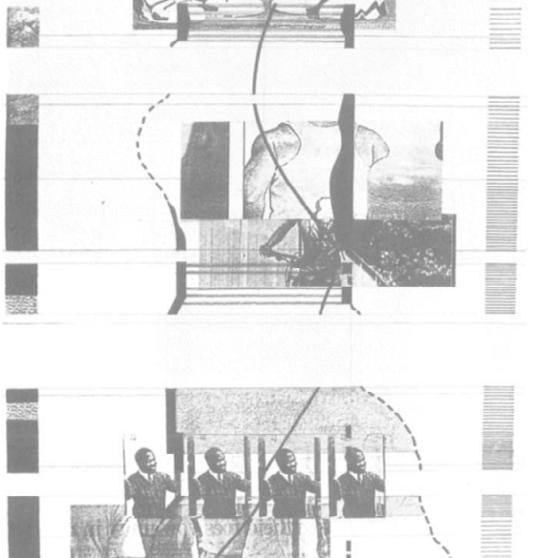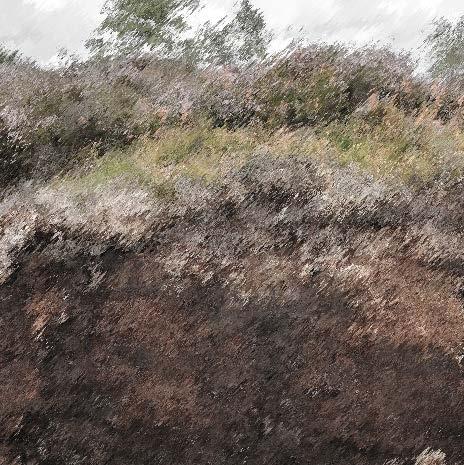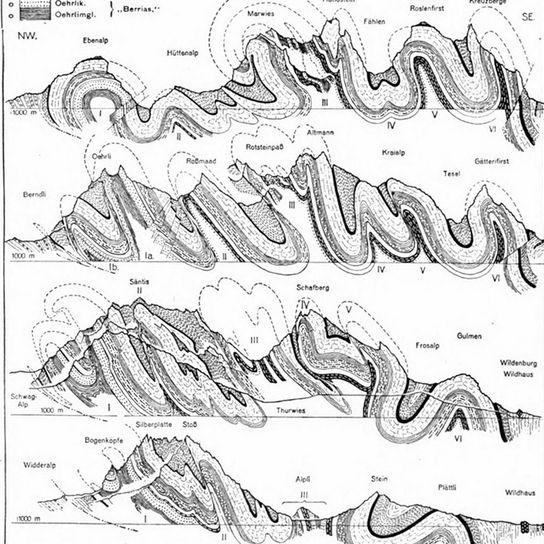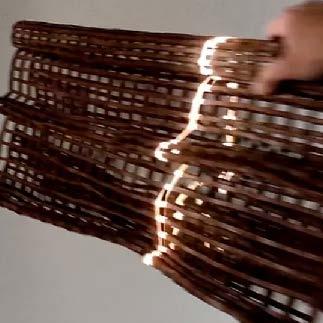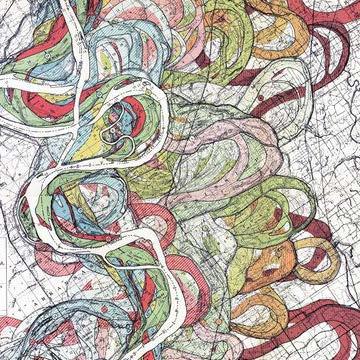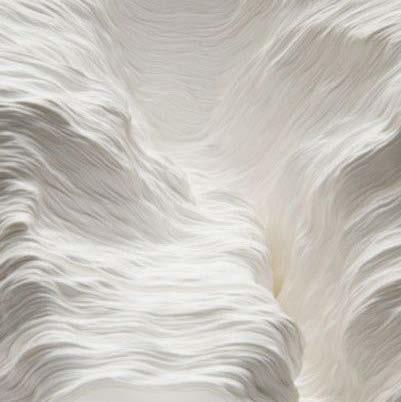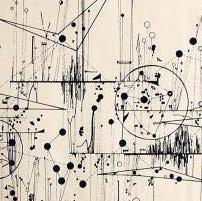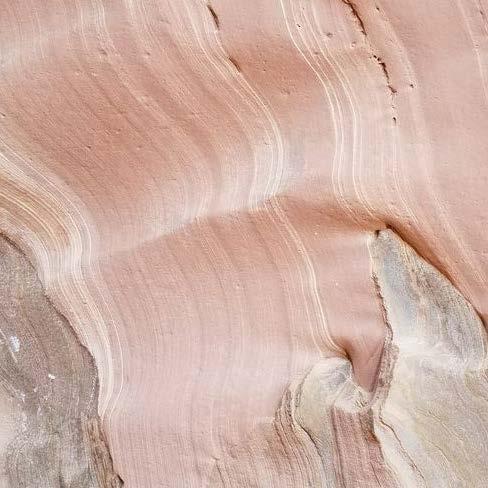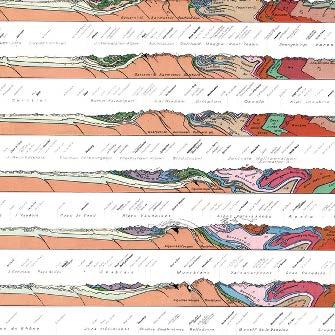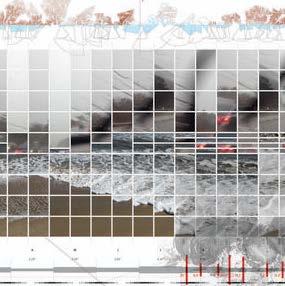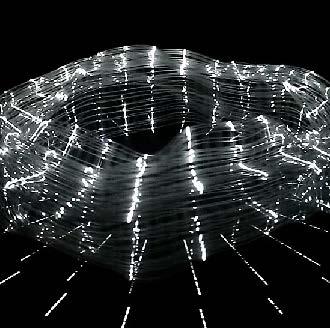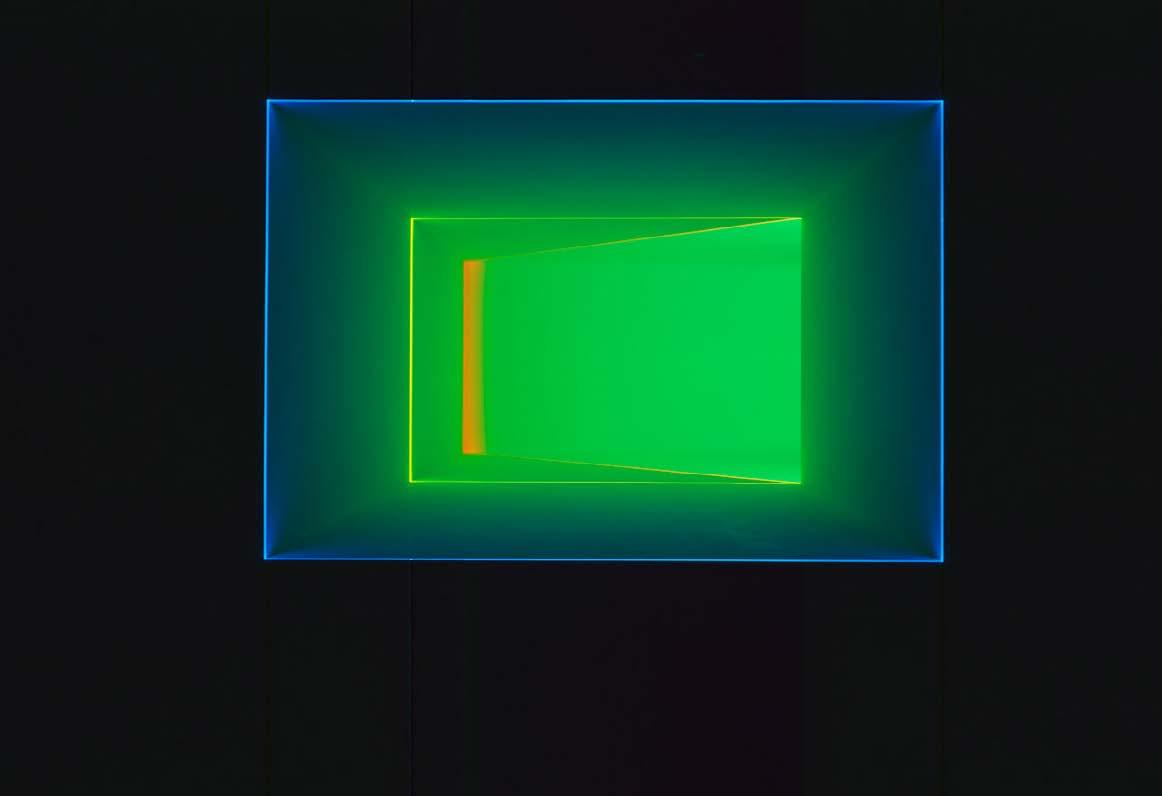
2 minute read
SPACE & PERCEPTION
Based on the concept of Anthropocene, we view humans as an integral part of a complex system, and we are always immersed in a web of interactions that are at every instant the result of our biological and cultural histories.[5]
This kind of ecological philosophy makes me struggle in the process of landscape analysis and design, thinking that the status of human beings is not dominant, but it is unavoidable to observe from the perspective of human beings.
Advertisement
From “outside”, I have been influenced by the literary works of Thoreau and Hesse. In their literature there is often a celebration of nature and a genuine and moving sense of being in nature. This inclines me to listen to the whispers of nature, to hold an attitude of minimal interference with the state of nature and to add more metaphors and natural mappings to the limited space given to humans.
That feeling to nature inspired me to think about the connection between human and the environment, as Tim Ingold said, which I quote directly here:
“Rather than thinking of ourselves only as observers, picking our way around the objects lying about on the ground of a ready-formed world, we must imagine ourselves in the first place as participants, each immersed with the whole of our being in the currents of a world-in-formation: in the sunlight we see, the rain we hear and the wind we feel in. Participation is not opposed to observation but is a condition for it, just as light is a condition for seeing things, sound for hearing them, and feeling for touching them”[6]
Participating in this world requires a sensitive insight into natural spaces. In James Turrell’s artworks, the light is used to creat space. It’s light – the sensory manifestation of light’s physical presence.
Focusing on the change of light and shadow, Turrell seems to have continued the style of Impressionism. The material of the physical world represented by light, through the artist’s works, helps to connect human beings and the world through perception.
[5]Escobar, A. (2018) Designs for the Pluriverse : Radical Interdependence, Autonomy, and the Making of Worlds, Duke University Press, Durham.
[6]Ingold, T. (2011) Being alive : essays on movement, knowledge and description / Tim Ingold. London: Routledge.
“My work is more about your seeing than it is about my seeing, although it is a product of my seeing. I’m also interested in the sense of presence of space; that is space where you feel a presence, almost an entity — that physical feeling and power that space can give.” [7]
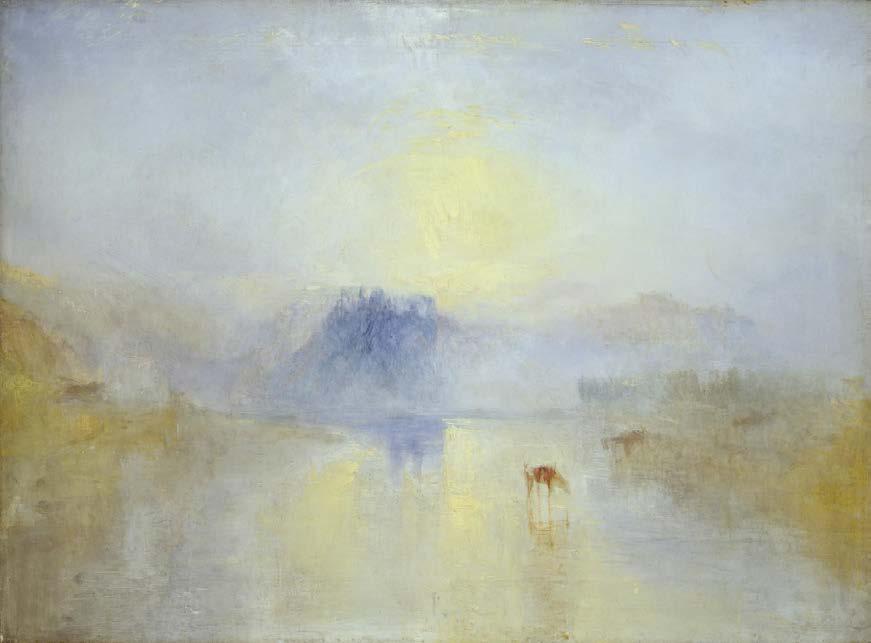
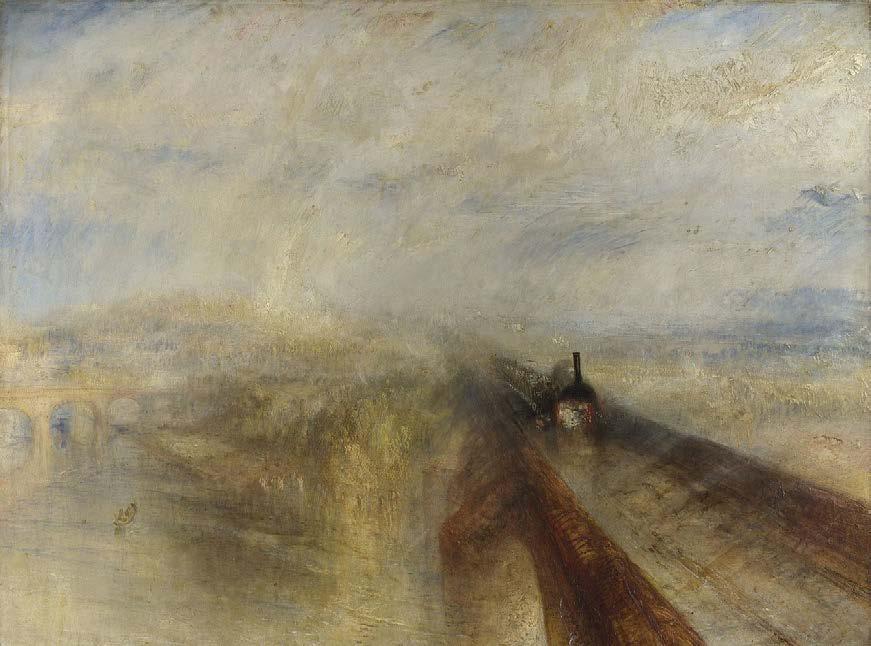
Dating back to the Impressionist period, a prime example of J. M. W. Turner’s style can be seen in Rain, Steam and Speed - the Great Western Railroad, where objects are barely recognizable. Intense tones and an interest in evanescent light ignited my observation of the landscape and felt the deep connection.
